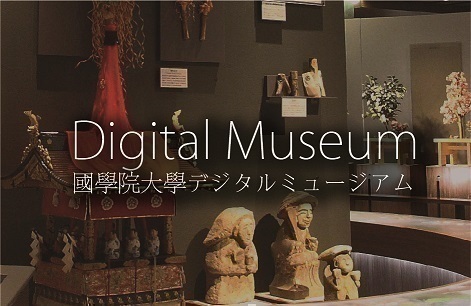- トップ
- Encyclopedia of Shinto
- Shinrikyō
Encyclopedia of Shinto
| Main Menu: | |
| Links: |
詳細表示 (Complete Article)
| カテゴリー1: | 8. Schools, Groups, and Personalities |
|---|---|
| カテゴリー2: | Modern Sectarian Groups |
| Title | Shinrikyō |
| Text | One of the thirteen sects of prewar Shinto, with organization typical of that period's sectarian Shinto (kyōha Shintō). Founded by Sano Tsunehiko (1834-1906), who was born in Buzen Province (present-day Fukuoka Prefecture). Sano studied kokugaku (National Learning) under Nishida Naokai, and in the late Edo period was an active proponent of Japanese medicine while also authoring numerous works. Following the Meiji Restoration, Sano began devoting himself to religious activities and as a result of various dream revelations received in the period between 1875 and 1876, he developed a firm confidence in his religious mission. He used his own home as a lecture hall, and as the numbers of his followers increased, he established the group Shinri Kyōkai in Kokura in 1880. This movement came under the direct aegis of the umbrella group Shintō Honkyoku in 1884, but in its search to obtain recognition as an independent sect, it transferred its affiliation to Misogikyō in 1888, and in 1894 finally gained independence under the name Shinrikyō, with Sano as its first Superintendent. In this period, Sano and his eldest son Sano Izuhiko (1868-1936) expanded the movement's proselytizing activities in various areas, developing a strong following particularly in the northern Kyūshū region, and also briefly engaging in mission activities on the Korean peninsula. The movement was not entirely united in terms of organization, however, and many of its branch churches carried out activities not in concert with the teachings and practices taught by the founder. This schismatic trend has continued with little change to the present day. In 1940 Shinrikyō became a registered religious organization under the prewar Religious Organizations Law (Shūkyō Dantaihō), and in 1946 it was registered under the postwar Religious Corporations Ordinance (Shūkyō Hōjinrei), finally becoming an independent religious legal person under the provisions of the Religious Corporations Law (Shūkyō Hōjinhō) in 1952. Shinrikyō has been considerably weakened in the postwar era as numerous member groups have attained independence as religious corporations. Moreover, its third Superintendent Sano Uzuhiko (1917-48) changed the family name from Sano to Kannagibe in 1941. Uzuhiko died early, however, and Kannagibe Takehiko (1917-) (eldest son of Sano Izuhiko's younger brother Sano Takane), took office as its fourth Superintendent. The movement's current proselytizing activities are centered around Uzuhiko's son Kannagibe Shizuhiko (1945-), who acts the movement's deputy Superintendent. Its teachings are oriented towards so-called "ancient Shintō" (ko Shintō), and are aimed at systematizing the Shintō of ancient Japan based on hereditarily transmitted teachings. In reality, it has drawn considerable influences from the Book of Changes (I-jing), Chinese "five-elements" concepts, and Confucianism. See also Sano Tsunehiko. Headquarters: Fukuoka Prefecture Nominal membership: approximately 300,000 (M) —Inoue Nobutaka |




